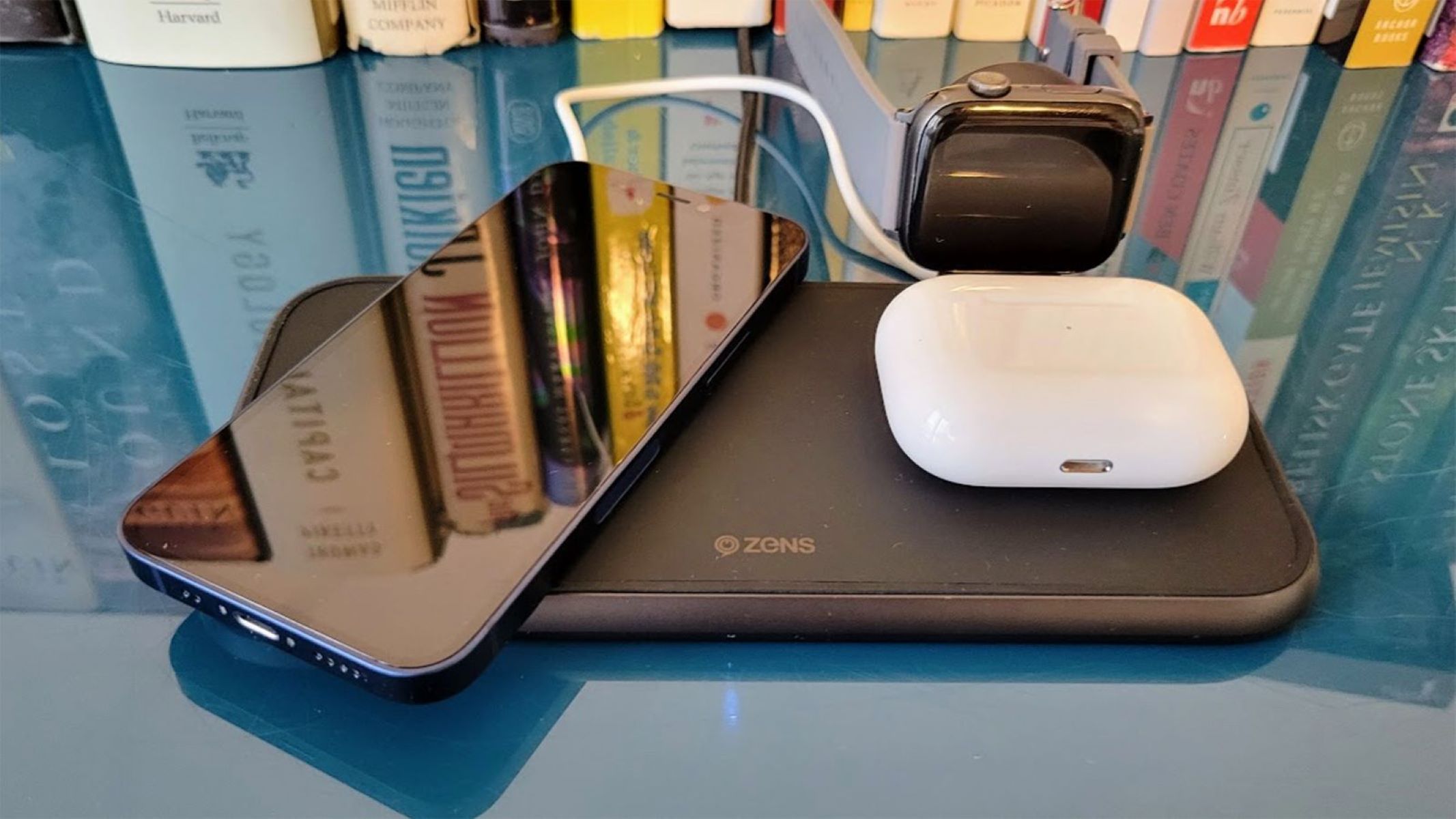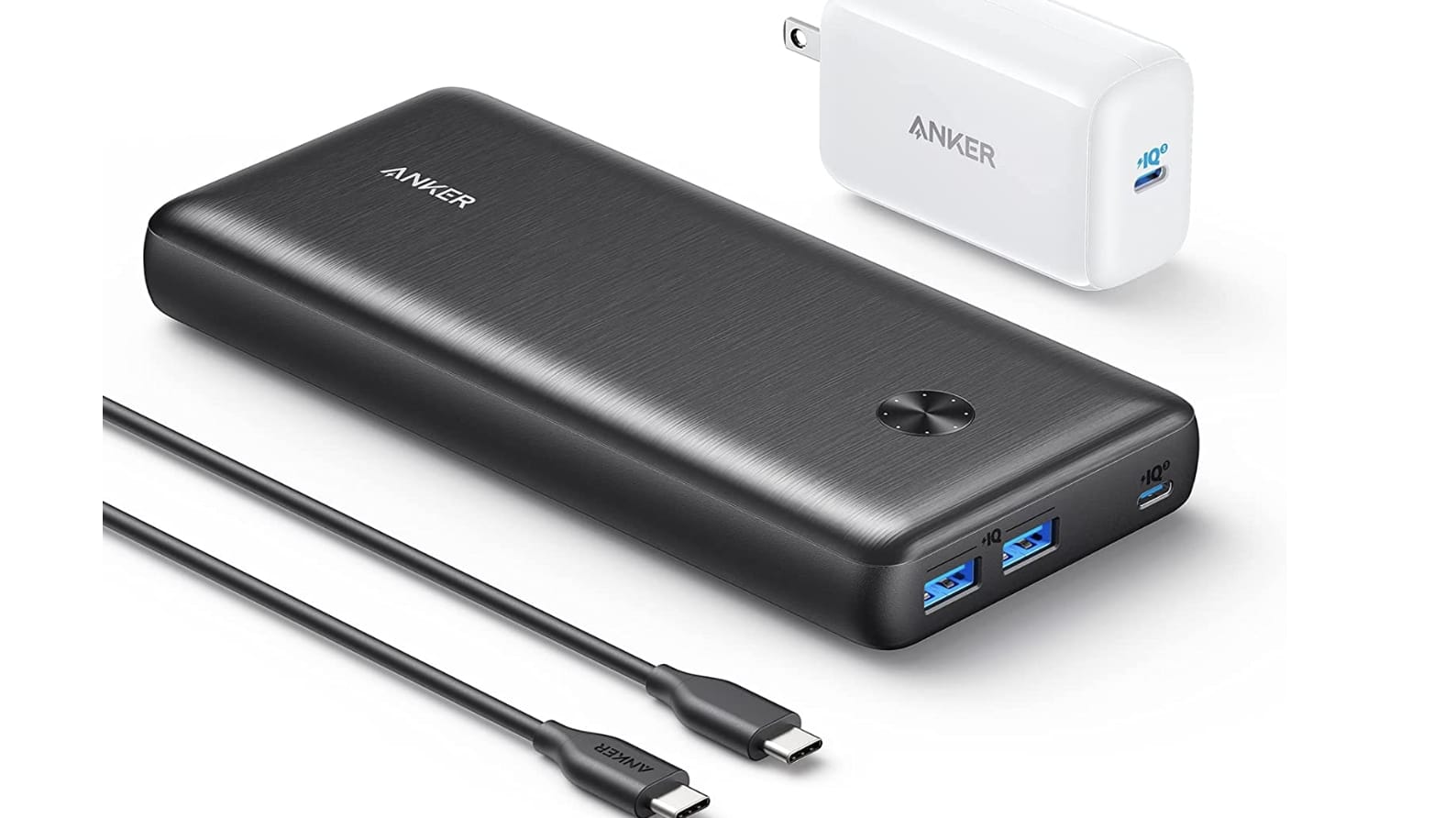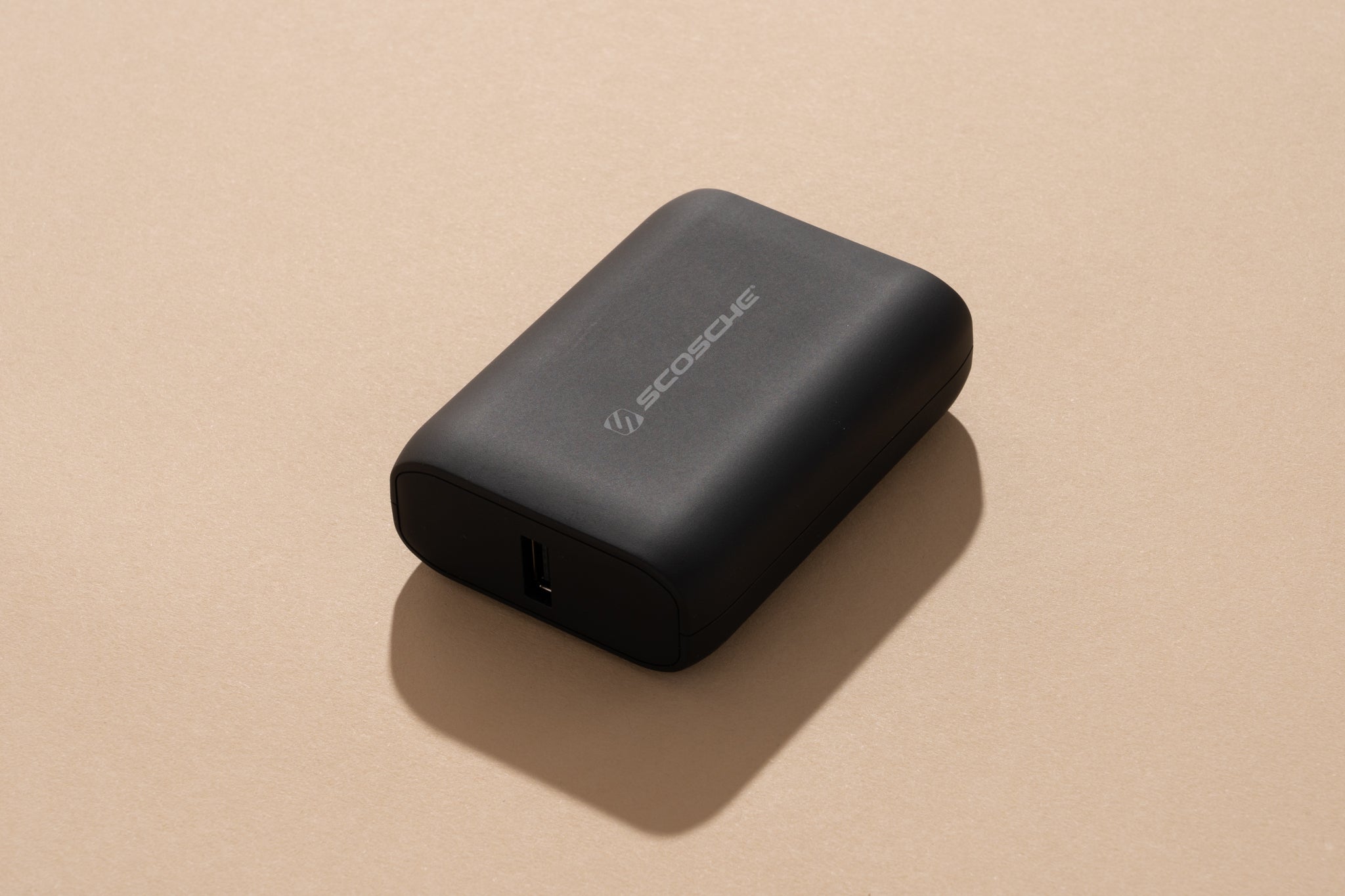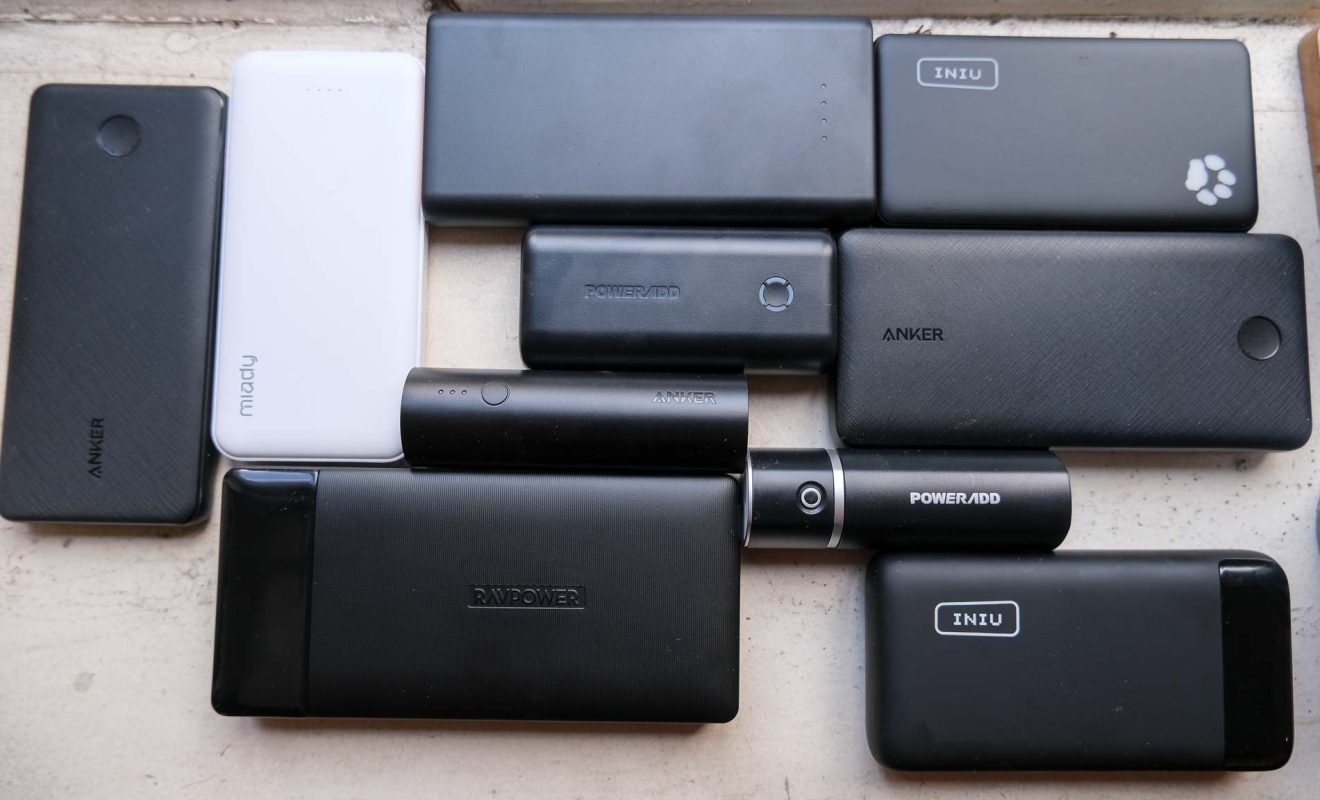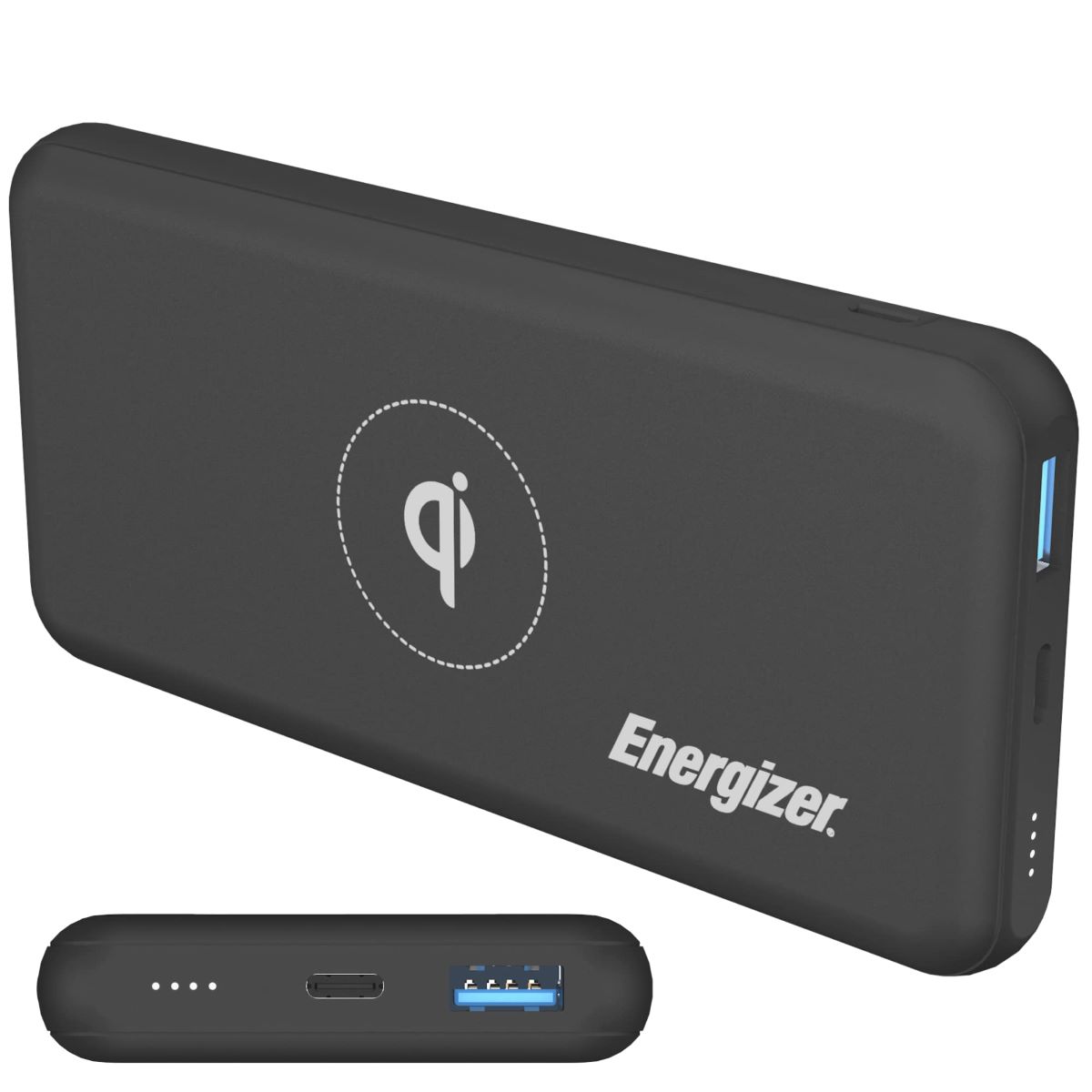Introduction
Welcome to the world of banking, where industry acronyms and terms can sometimes be confusing. One such term you may come across is “POD.” While it may seem like a puzzling abbreviation, POD stands for “Payable on Death.” In the banking realm, this term carries significant importance and implications.
POD refers to a designation that individuals can make on their bank accounts, typically their savings or checking accounts. Essentially, it allows account holders to specify who will receive the account’s remaining balance upon their death. This designation is commonly used to ensure a smooth transfer of funds to a chosen beneficiary, without the need for the assets to go through the probate process.
The concept behind POD is to provide account holders with an added layer of control and convenience in estate planning. By designating a POD beneficiary, individuals can rest assured that their assets will be seamlessly transferred to the intended recipient upon their passing, bypassing potentially lengthy and complicated legal processes. This feature is particularly appealing to those who wish to avoid the probate process or have complex family situations.
POD designations are often a free and straightforward service provided by banks and other financial institutions. They afford individuals the flexibility to name one or more beneficiaries, allocating percentages or specific amounts to each. With POD accounts, individuals have the ability to update beneficiaries at any time, allowing for changes in personal circumstances such as births, deaths, or changes in relationships.
While the concept of POD may seem straightforward, it is essential to understand the benefits, workings, potential risks, and practical applications of this banking feature. In the following sections, we will delve deeper into the nuances of POD, exploring its benefits, how it functions, potential risks, and provide examples of its application in the banking industry. By the end, you’ll have a comprehensive understanding of what POD means in the world of banking.
Definition of POD
Payable on Death (POD) is a term used in the banking industry to describe a designation made by an account holder to determine who will receive the remaining balance of their bank account upon their death. It is a simple and effective way for individuals to ensure the smooth transfer of assets to their chosen beneficiary without the need for a probate process.
When an individual designates a POD beneficiary, it means that upon their death, the funds in their account will automatically transfer to the designated recipient. The beneficiary does not have any rights to the account while the account holder is alive and only gains access to the funds upon the account holder’s passing.
POD designations can be made on various types of accounts, such as savings accounts, checking accounts, and certificates of deposit (CDs). Most financial institutions offer this service free of charge and provide account holders with the flexibility to update their POD beneficiaries at any time.
It is essential to note that POD designations are revocable, meaning that the account holder can change or revoke the designation as long as they are still alive and competent to do so. This allows individuals to adjust their beneficiary choices as their circumstances change, ensuring that their assets go to the intended recipients.
POD designations are straightforward to set up. Account holders typically need to provide the name and contact information of the beneficiary, along with their relationship to the account holder. Most financial institutions have specific forms for POD designations, and they may require a copy of the beneficiary’s social security number for proper identification.
By designating a POD beneficiary, individuals can have peace of mind knowing that their assets will be taken care of upon their passing. It avoids the need for their assets to go through the probate process, which can be time-consuming, costly, and subject to legal complexities.
Now that we have a clear understanding of what a POD designation entails, let’s explore the numerous benefits it offers in estate planning and asset transfer.
Benefits of POD
Payable on Death (POD) designations provide several benefits for individuals in their estate planning and asset distribution. Let’s explore some of the key advantages of utilizing POD in the banking industry.
1. Avoidance of Probate: One of the main advantages of utilizing a POD designation is the ability to bypass the probate process. Probate is a legal procedure where a court validates a deceased person’s will and ensures the proper distribution of assets. However, probate can be time-consuming, costly, and may lead to disagreements among beneficiaries. With a POD designation, the assets are transferred directly to the designated beneficiary, without the need for court intervention.
2. Speed and Efficiency: By designating a POD beneficiary, the transfer of funds can happen quickly and efficiently. Upon the account holder’s passing, the funds in the account are immediately available to the beneficiary, allowing for timely access to the assets when they are most needed.
3. Privacy: Probate proceedings are typically a matter of public record, meaning that anyone can access information about the deceased’s assets and how they are distributed. By utilizing a POD designation, the transfer of assets occurs privately, without the need for public disclosures. This can be advantageous for individuals who value their privacy or prefer to keep their financial matters confidential.
4. Flexibility in Beneficiary Designation: With POD designations, individuals have the flexibility to designate one or multiple beneficiaries for their accounts. They can also allocate the funds among beneficiaries in specific percentages or provide specific dollar amounts to each beneficiary. This flexibility allows account holders to customize their beneficiary designations based on their unique circumstances and preferences.
5. Seamless Transfer of Assets: POD designations provide a smooth and streamlined process for transferring assets. Upon the account holder’s passing, the financial institution automatically transfers the funds to the designated beneficiary, eliminating the need for the beneficiary to go through complicated procedures or legal hurdles to access the assets.
6. Easy to Set Up and Revocable: Setting up a POD designation is typically a simple process, and most financial institutions provide the necessary forms and guidance. Additionally, POD designations are revocable, meaning that account holders can change or update their beneficiaries as needed. This flexibility ensures that individuals can adapt their beneficiary choices to reflect any changes in their personal circumstances.
These benefits make POD designations an attractive option for individuals who want to ensure the efficient transfer of assets upon their passing while avoiding the complexities and delays associated with the probate process. Now that we understand the advantages of POD, let’s delve into how it works.
How POD Works
The process of setting up and utilizing a Payable on Death (POD) designation is relatively straightforward. Let’s explore how POD works in practice.
1. Designation: An individual who wishes to use POD must first designate a beneficiary for their bank account. This involves completing the necessary forms provided by their financial institution. The forms typically require the account holder to provide the beneficiary’s name, contact information, and relationship to the account holder.
2. Beneficiary Rights: While the account holder is alive, the designated POD beneficiary does not have any rights to the account. They cannot make withdrawals, access the funds, or make any changes to the account. The beneficiary’s rights only come into effect upon the account holder’s death.
3. Transfer of Funds: When the account holder passes away, the funds in the account automatically transfer to the designated beneficiary. The financial institution follows the instructions given in the POD designation and disburses the remaining balance accordingly. This transfer typically occurs outside of the probate process and is completed swiftly, allowing the beneficiary to access the funds in a timely manner.
4. Revocability: POD designations are revocable, meaning that the account holder has the right to change or revoke the beneficiary designation as long as they are alive and competent to do so. This provides individuals with the flexibility to adapt their beneficiary choices to reflect any changes in their personal circumstances, such as changes in relationships, births, or deaths.
5. Updating Beneficiaries: Financial institutions typically allow account holders to update their POD beneficiary designations at any time. This can be done by completing a new form with the updated beneficiary information and submitting it to the financial institution. It is important to keep the beneficiary designation up to date to ensure that the intended recipients receive the assets as desired.
6. Multiple Beneficiaries: Account holders also have the option to designate multiple beneficiaries for their account. They can allocate the funds among beneficiaries based on specific percentages or provide designated dollar amounts to each beneficiary. This flexibility allows individuals to customize their beneficiary designations to align with their wishes and the unique dynamics of their family or financial situation.
Overall, the process of utilizing a POD designation is user-friendly and provides individuals with control over the distribution of their assets. By designating a POD beneficiary, individuals can ensure a smooth and efficient transfer of funds to their chosen recipients, bypassing the need for probate in most cases.
Now that we understand how POD works, let’s turn our attention to the potential risks associated with using POD designations in banking.
Potential Risks of Using POD
While Payable on Death (POD) designations offer numerous benefits, it is essential to consider the potential risks associated with utilizing this banking feature. Let’s explore some of the risks that individuals should be aware of when using POD.
1. Disputed Beneficiary Designations: In some cases, disputes may arise over the validity or accuracy of the designated POD beneficiaries. Family members, legal heirs, or other interested parties may challenge the beneficiary designation, leading to potential legal conflicts. To mitigate this risk, it is advisable for account holders to clearly communicate their wishes and intentions to their family members and loved ones, ensuring that there is no room for ambiguity or misunderstandings.
2. Unintended Consequences: It is crucial for individuals to carefully consider their choice of POD beneficiaries. Failing to update or change beneficiaries when significant life events occur can result in unintended consequences. For example, if an individual designates an ex-spouse as the POD beneficiary but has since remarried, the ex-spouse may still be entitled to receive the funds upon the account holder’s death. To avoid such scenarios, it is advisable to regularly review and update beneficiary designations to reflect current wishes and circumstances.
3. Lack of Flexibility: While POD designations offer flexibility in updating and changing beneficiaries, once the account holder passes away, the designations become irrevocable. This means that the account holder’s intentions cannot be changed, and the designated beneficiaries will receive the assets regardless of any subsequent changes in the account holder’s preferences or circumstances. It is crucial to carefully consider the long-term implications of the selected beneficiaries to ensure that the assets go to the intended recipients.
4. Dependency on Beneficiary: Designating a POD beneficiary means placing a significant level of trust in that individual. The beneficiary will have immediate access to the funds upon the account holder’s death, and there is no requirement for them to distribute or manage the funds in a particular way. This can be a risk if the beneficiary is unable or unwilling to handle the inheritance responsibly. To mitigate this risk, individuals may consider having conversations with their intended beneficiaries and providing guidance regarding the intended use of the funds.
5. Tax Considerations: It is crucial to understand that POD designations do not exempt the inherited funds from potential tax implications. Depending on the jurisdiction and the amount of the inheritance, the beneficiary may be subject to inheritance taxes or other tax obligations. It is advisable to consult with a financial advisor or tax professional to understand the potential tax consequences of using POD designations.
Understanding the potential risks associated with using POD designations allows individuals to make informed decisions and take appropriate measures to mitigate these risks. By carefully considering the chosen beneficiaries, regularly reviewing and updating designations, and seeking professional guidance when needed, individuals can navigate the potential risks and ensure the smooth transfer of assets to their intended recipients.
Now let’s look at examples of how POD is commonly used in the banking industry.
Examples of POD in Banking
Payable on Death (POD) designations are commonly used in the banking industry as a convenient way for individuals to facilitate the transfer of assets to their beneficiaries. Let’s explore some examples of how POD is utilized in banking.
1. Individual Savings Accounts: Many individuals use POD designations on their savings accounts. By specifying a POD beneficiary, account holders ensure that their hard-earned savings will be seamlessly transferred to their chosen recipient upon their passing. This can provide peace of mind, especially for individuals who want to protect their loved ones’ financial well-being.
2. Joint Bank Accounts: POD designations can also be used on joint bank accounts. For example, a married couple may choose to have a joint account with a POD designation to ensure that the surviving spouse will have immediate access to the funds. This allows for a smooth transition of assets and provides financial security during a challenging time.
3. Retirement Accounts: Retirement accounts, such as Individual Retirement Accounts (IRAs) or 401(k) accounts, can also have POD designations. When an account holder passes away, the remaining balance of the retirement account can be transferred to the designated beneficiary, providing them with an additional financial resource for their future.
4. Trust Accounts: In some cases, individuals may create a trust and designate the trust as the POD beneficiary of their bank accounts. This allows for more complex estate planning strategies and can provide greater control and flexibility in the distribution of assets. Trusts are often used to manage and distribute funds to beneficiaries based on specific conditions or timelines.
5. Certificates of Deposit (CDs): Individuals who invest in CDs can also use POD designations to specify who will receive the principal and interest upon maturity. This ensures that the funds go directly to the designated beneficiary, bypassing the need for probate.
6. Money Market Accounts: POD designations can be used on money market accounts as well. By designating a POD beneficiary, individuals can ensure that any remaining funds in their money market account will be transferred to their chosen recipient in a straightforward and efficient manner.
These are just a few examples of how POD is commonly used in the banking industry. The flexibility and convenience of POD designations make them an appealing option for individuals who want to ensure the smooth transfer of assets to their beneficiaries while minimizing the complexities and delays associated with probate.
Now that we have explored examples of how POD is used in banking, let’s conclude our discussion.
Conclusion
Payable on Death (POD) designations play a crucial role in the banking industry by providing individuals with a convenient and efficient way to transfer assets to their chosen beneficiaries. By utilizing POD, account holders can avoid the probate process, ensure timely access to funds for their loved ones, and maintain privacy regarding their financial matters.
The benefits of utilizing POD are numerous. It allows individuals to bypass the potentially lengthy and complicated probate process, providing a smoother and faster transfer of assets. It also offers flexibility in designating one or multiple beneficiaries and enables account holders to update the beneficiaries as their circumstances change.
However, it is important to be aware of the potential risks associated with using POD. Disputed beneficiary designations, unintended consequences, lack of flexibility once the account holder passes away, dependency on the beneficiary, and tax considerations are factors that individuals should carefully consider and address to mitigate any potential issues.
Examples of how POD is commonly used in the banking industry include individual savings accounts, joint bank accounts, retirement accounts, trust accounts, certificates of deposit, and money market accounts. These examples illustrate the versatility and applicability of POD across various types of accounts.
In conclusion, POD designations offer individuals an effective tool for estate planning and asset transfer. They provide control, convenience, and simplicity in ensuring that the funds in their bank accounts are transferred to their chosen beneficiaries in a seamless manner. By understanding how POD works, its benefits, potential risks, and practical applications, individuals can make informed decisions and navigate the complexities of asset distribution effectively.










